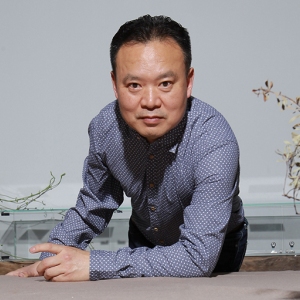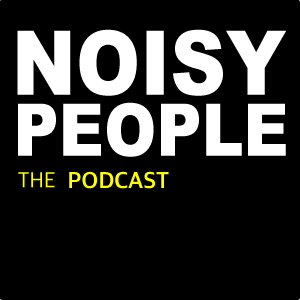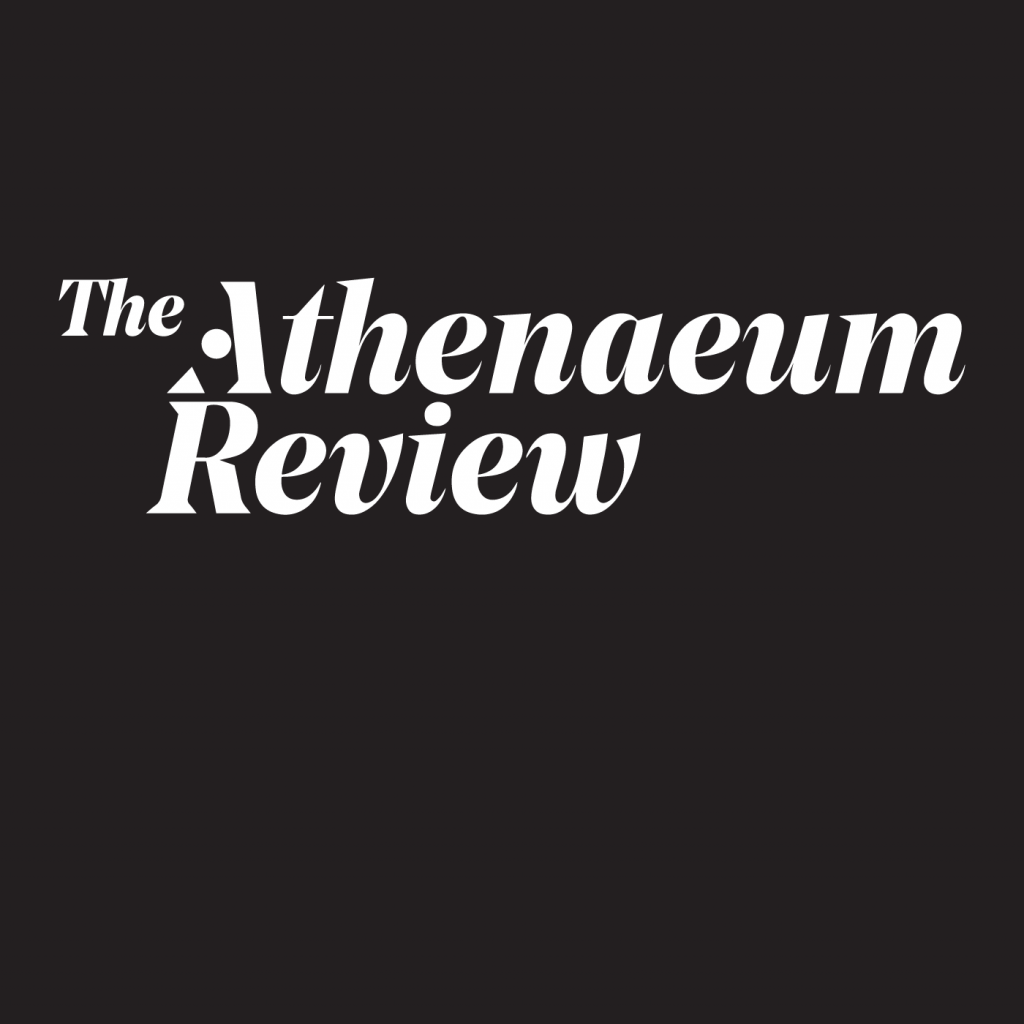
Tan, Liqin is a full professor and co-director of the art program at Rutgers University-Camden. He has served as a board member of the Digital Art Committee, SIGGRAPH and as a juror for the digital art gallery at SIGGRAPH. He was also one of the activists during the ’85 Art New Wave of China. Since 2012, Prof. Tan has lead research teams in the the study of singularity art, including the examination of smart interactive art (strong AI), bio-art, nano-art, VR art, bionic art, future architecture, 4D printing and smart wearable art, etc. His latest book, Singularity Art: How Technology Singularity Will Impact On Art has been published in Chinese and will be translated to English soon. “Singularity art” is the research and prediction of how future technological singularities–advances in artificial intelligence (strong AI), quantum mechanics, biotechnology, nanotechnology, etc.–will influence art. Central to singularity art is the idea that “the future leads today.”
In this episode, Tan shares his own idea of art, his pioneering art practices and his observation of new media art education in contemporary China.
Tan published his article “The futuristic feature of Chinese art ideas” in 1985, a year that can be considered a turning point for Chinese art. After several years of incubation during the post Cultural Revolution period, Chinese art witnessed an outburst of artistic experiments and theories which later became known as the ’85 Art New Wave of China. Under this background, Tan’s article, which expressed many radical ideas at the time including the role of the future on the present, the need for diversity in art, the need for an improved art market, and the ability of teachers to learn from students. These ideas received both high praise as well as strong criticism.
These ideas also affect his later artistic practice embodied in three waves of opporturnity for Tan. The first wave was the emerging period of art education and pedagological study; his publications at the time are now considered to be pioneering studies. The second wave was the ’85 Art New Wave. Apart from his writings, he was also an artist, experimenting with art forms including the combination of installation and Chinese traditional art such as calligraphy and fine brushwork Painting. The going-abroad upsurge is the third wave he caught up with. Under pressure to survive, he started his own business in animation and then gradually turned to the study and practice of 3D-animation and other digital art forms. The most famous works of his “Digital-Primitive” series were all created after he came to the United States. His focus for the series was the dialectic thought of “new” and “old”, “digital” and “primitive”. For him, the current form of digital art will inevitably become “primitive” one day.
As Tan frequently goes back and forth between art institutions in the US and China, Tan also shares his thinking of new media art education in China. He criticized the general thinking modes towards past experiences rather than future possibilities in China, as well as the hostility and ignorance towards technology among Chinese artists and art institutions. Therefore, Tan calls for the breakdown of the barriers between different disciplines and active cooperative among artists, business men, engineers and scientists.
Thank you for listening and please don’t hesitate to contact me via duansiying@gmail.com if you would like to learn more about the details of the conversation or have any suggestion.







